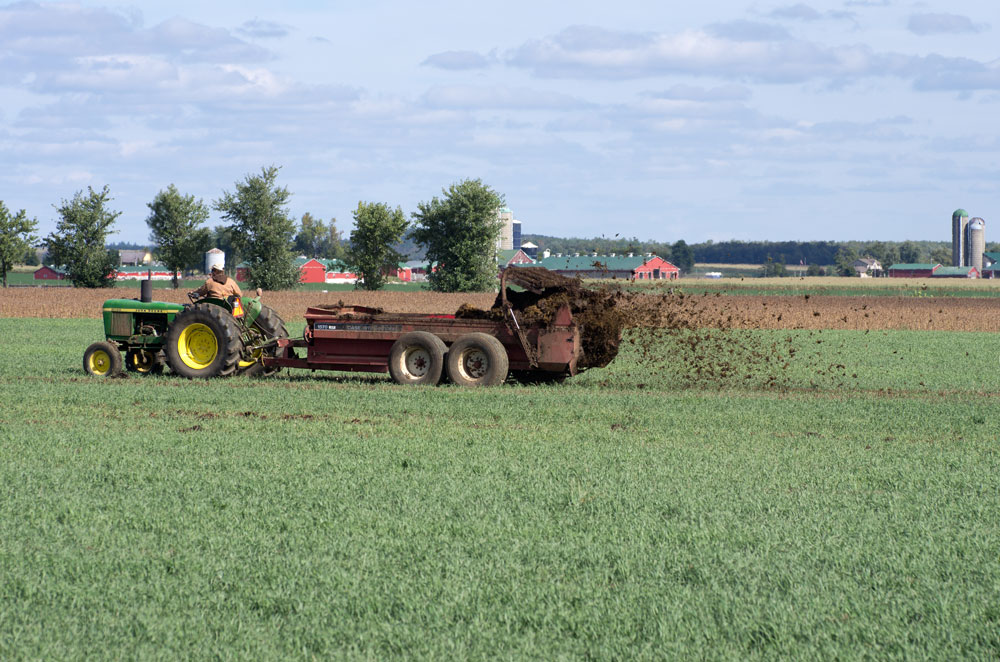
Horse farms that have enough land have the option of spreading the manure from horses residing on that property. Whether it’s composted first and spread later, or scattered immediately, a manure spreader is a piece of necessary equipment.
Manure spreaders are more streamlined and have fewer options than other equipment, but there are a few key things to consider to make sure you are buying the right one for your facility.
First, think about how you. manage your manure, said Jeremy Tripp, sales representative for United Ag & Turf Northeast. His family’s barn currently has 11 horses and has had as many as 22 in prior years. They load manure into a gator then store it in a pile to spread later.
“In either early spring or after the first cutting of hay, we spread it on the field,” he said. “I use an old tractor with a 225 bushel rear discharge spreader, and I can usually do the whole pile in about 15-20 loads.”
Having a larger spreader allows him to get the big job done quickly.
Typically, an average 1,000-pound stalled horse excretes 50 pounds (or 2 cubic feet) of manure each day. Considering the number of horses you have, how long they are in each day, and the distance to the spreading location helps decide the size spreader that’s a good fit for your farm.
“Find a model you like and go one size bigger,” he said.
Horse manure is corrosive. If you plan to allow manure to collect in a spreader for several days or weeks, choose a stainless steel model rather than painted or galvanized metal. Wooden-sided manure spreaders are also an option.
Manure spreaders are divided into two categories: PTO (power-take-off) and ground driven.
A PTO model is connected to the tractor and uses the rotational energy of the tractor engine to operate the chains and beaters that throw the manure out of the spreader. On a ground drive model, it’s the motion of the wheels turning that do the work. Two simple levers make a ground drive model a low maintenance, low-cost option.


